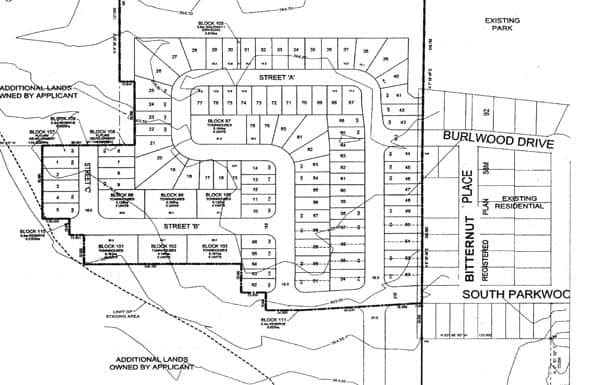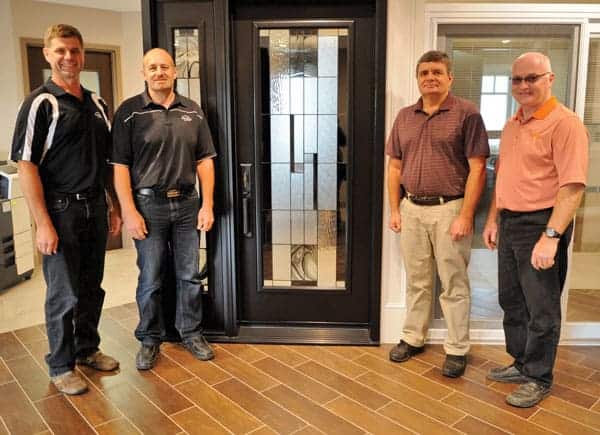A snapshot of life in Waterloo Region shows something of a mixed bag. The Kitchener and Waterloo Community Foundation (KWCF) released its 2014 edition of Waterloo Region’s Vital Signs this week.
“What we see this year is the perceived sense of community and belonging, so that is actually StatsCanada asking people ‘how well do you feel like you belong?’ is actually starting to improve,” KWCF director of philanthropic services Brendan Sheehan explained.
However, “We are what we are not yet seeing are increases in pro-social behaviours like donations, volunteering and community leadership.”
Waterloo Region is one of 27 communities across Canada to participate in the Vital Signs program, which uses data from a variety of sources to inform and engage citizens on local issues and challenges.
“It starts off with a base of empirical and objective data,” Sheeran said. “We start the process with things you can count that come from real academic, empirically valid sources. So a lot of StatsCan information, as you would expect. Also, the (Canadian Revenue Agency) provides a lot of really good data and we also use information from the Ontario Municipal Benchmarking Initiative. So the first step is just looking at the facts: how many people are homeless? What are the employment rates? What are the obesity rates? And then we context that with subjective data. We are currently working a really neat organization out of the University of Waterloo called the Canadian Index of Wellbeing. They do a survey for us across the region.”
The survey was sent out to 20,000 homes throughout the Region of Waterloo.
This year, the report highlights four key areas: belonging and leadership, arts and culture, getting started, and health and wellness.
“We put out a report every year, but what we have done is adopt a three-year cycle,” Sheehan said. “Last year in 2013, we released year one of a new three-year cycle with what we call a full report, including all 11 issue areas. We looked at them all and set the priority areas for the follow up reports.”
One area of particular concern is philanthropy and volunteerism.
“If you look at the sense of belonging, the numbers are going up, but there is a huge gap between the 20-34s, the millennials and Gen-Ys,” Sheehan said. “Maybe if you’re a millennial who is having a hard enough time getting a job, you don’t want to make a formal volunteer commitment.”
Older demographic groups tend to take a more active role in the community he said, and it will be interesting to see how the younger population progresses.
“We want members of the community to engage on their on terms,” Sheehan added.
“It’s important that people don’t feel like the region has gotten too big. For example, for people in Elmira and Woolwich not to think, ‘well, those are Kitchener’s problems.’ We want people to feel like we are all in this together and that we have really unique local strengths and weaknesses. Despite the size of the region, it’s critical that everybody gets informed on what the local issues and challenges are so that they can, for example, feel engaged to vote and they’ll make a good choice when they vote.”









